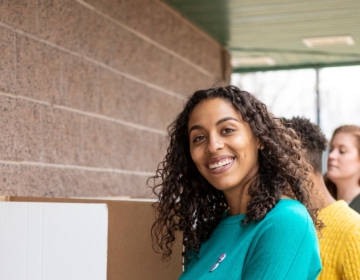It is important to understand how New South Wales’s (NSW) Parliament works and how to vote in its elections to make your vote effective.
In NSW, you democratically elect candidates to parliament to represent you and to review and make laws on your behalf every four years.
These candidates are usually – but not always – members of political parties. Political parties can become the NSW State Government if a majority (at least 46) of their candidates get elected. The largest party not able to form government is called the Opposition. A party without a majority can form government if it makes an alliance with enough other parties and candidates to have a majority.
Candidates who do not belong to a party are called independents. Independents and members of smaller parties that are elected and do not join the government or the opposition, they are sometimes called the Crossbench.
Candidates who are successfully elected are called Members of the Legislative Assembly (MLA) or Members of the Legislative Council (MLC). They either represent a certain district or ‘electorate’ in the Legislative Assembly or the whole of NSW in the Legislative Council.

